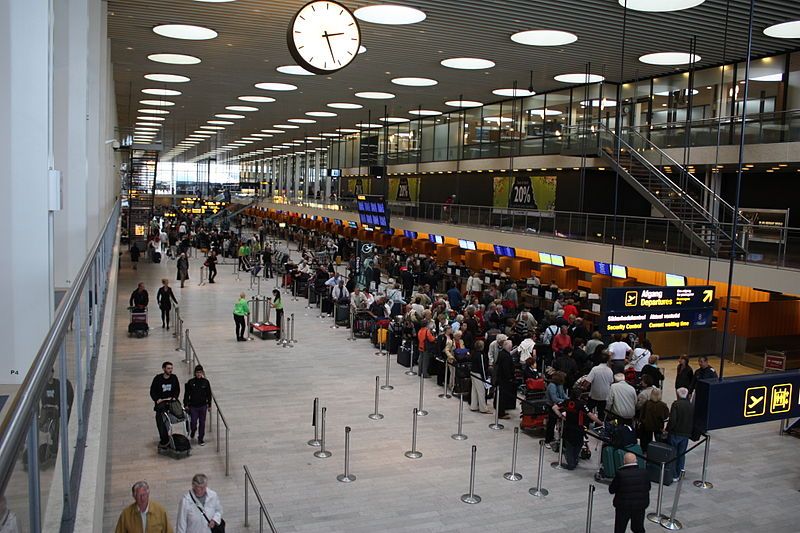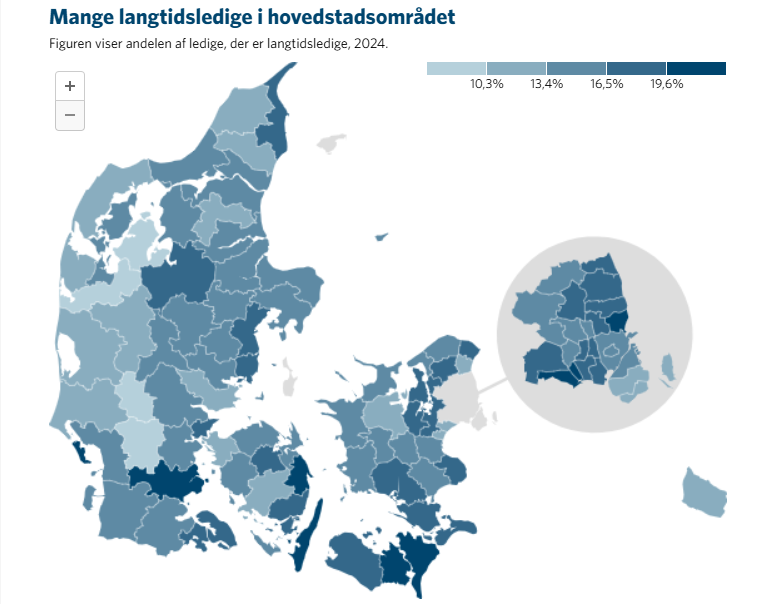Look at that,” said our visiting relative in consternation, scrutinising the beautifully arranged but strikingly diminutive smørrebrød on his plate. “They couldn’t even be bothered to put a top on it!”
I blamed myself. We had wandered along Nyhavn peering into dimly-lit bars, trying to imagine it back when it teemed with pirates, prostitutes and tattoo artists. I had suggested we go for a traditional Danish sandwich and had left out the word ‘open’.
To a British person, a sandwich has to have a top and a bottom with something in the middle. This is partly because our bread is floppy. More than once, I’ve observed tourists visiting Britain piling stuff onto a slice of floppy, white bread only to wind up wearing their topping when they try to pick it up. How we laugh …
But back to the smørrebrød, which, as you have probably figured out by now, are a big thing in Denmark and can be really delicious … and also a source of danger. If you find yourself in a DIY smørrebrød potluck situation, be warned: there are rules. Break them and your hosts will recoil in horror.
I was aware of the cultural complexities of smørrebrød before I arrived in Copenhagen thanks to my original Danish teacher back in Scotland, Dorte. She devoted a whole lesson to smørrebrød, teaching us which foods could be put with what and how.
She cut out bits of cardboard to represent toppings and we had to make our own pretend smørrebrød. Then at the end, she made us drink Gammel Dansk, which may be why I had forgotten the rules by the time I got to Denmark.
I turn to Denmark’s current smørrebrød champion Rasmus Kjær to set me on the right track. According to Kjær, smørrebrød used to be a very blokey thing. “Men wanted smørrebrød and women wanted sushi,” he explains. “The smørrebrød weren’t made by chefs but by the smørrebrødjomfruen.” He pauses and asks me how one would say that in English.
I volunteer the words sandwich virgins, but we agree it has lost something in translation.
The word jomfrue (meaning virgin) often pops up in old-fashioned job titles for traditional occupations for young women. I knew about bagerjomfruen (bakery virgins), but now I discover smørrebrødjomfrue.
Traditional smørrebrød created by these virgins of the smørrebrød temple starts with a slice of rye bread. A thick layer of butter is then used to glue a big piece of lettuce to the bread onto which is piled the pålæg (topping or sometimes a series of toppings) followed by decoration.
Some combinations are set in stone like the ‘Sun over Gudhjem’, which is smoked herring and a raw egg, or the ‘Vet’s Midnight Snack’, which is liver pate, cured meat and onions.
Kjær, however, likes to do things a little differently with fresh Nordic ingredients, beautifully arranged decoration and not a sandwich virgin in sight.
“My philosophy is that you can take any starter from the Nordic Cuisine tradition and stick it on a piece of bread and call it smørrebrød,” he explains. According to Kjær, there are no rules, but there are limits – he would baulk at tuna on liver pate. “And no stupid stuff,” he says. “It should only be Nordic ingredients, no mango or anything.”
I sense his contempt for the wrong combinations and am revisited by smørrebrød buffet angst. However, I’m not sure Nordic ingredients guarantee you an absence of stupidity having recently been served something called Nordic risotto in a restaurant, which was made with oatmeal instead of rice. It tasted okay for mushroom porridge.
Beyond the ingredients, Kjær believes that the smørrebrød should look nice. “You should be able to eat it with your eyes as well,” he says. Kjær’s properly Nordic smørrebrød are taking to the high seas from mid-February on ferry boats between Denmark and Germany.
And I’m sure anyone wearing their pålæg will be doing so because of the weather and not the bread quality.














